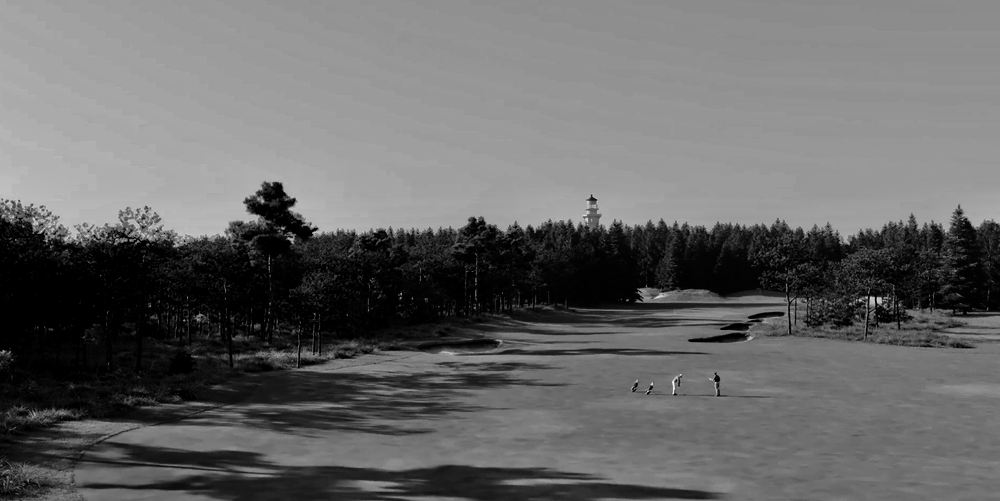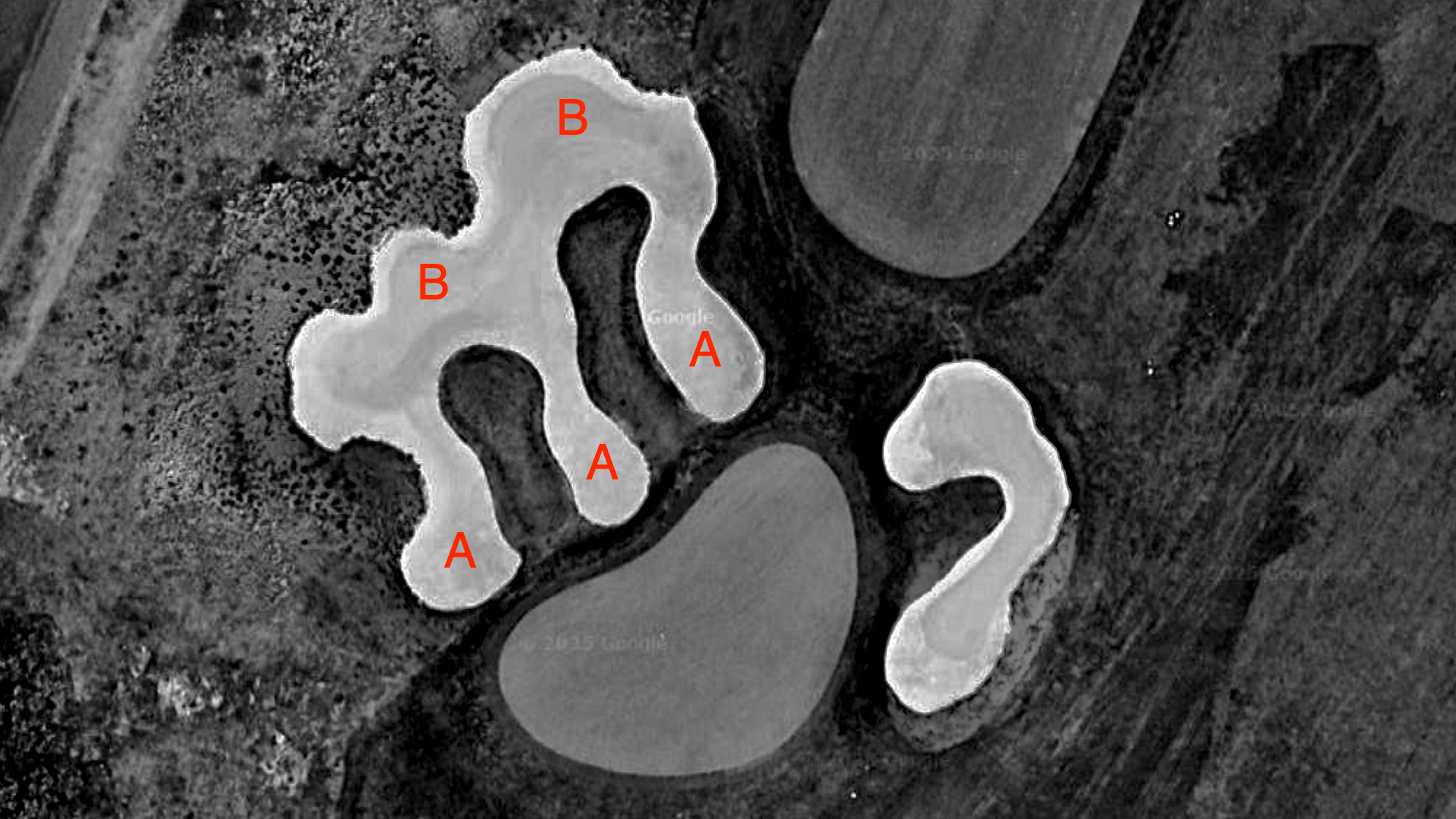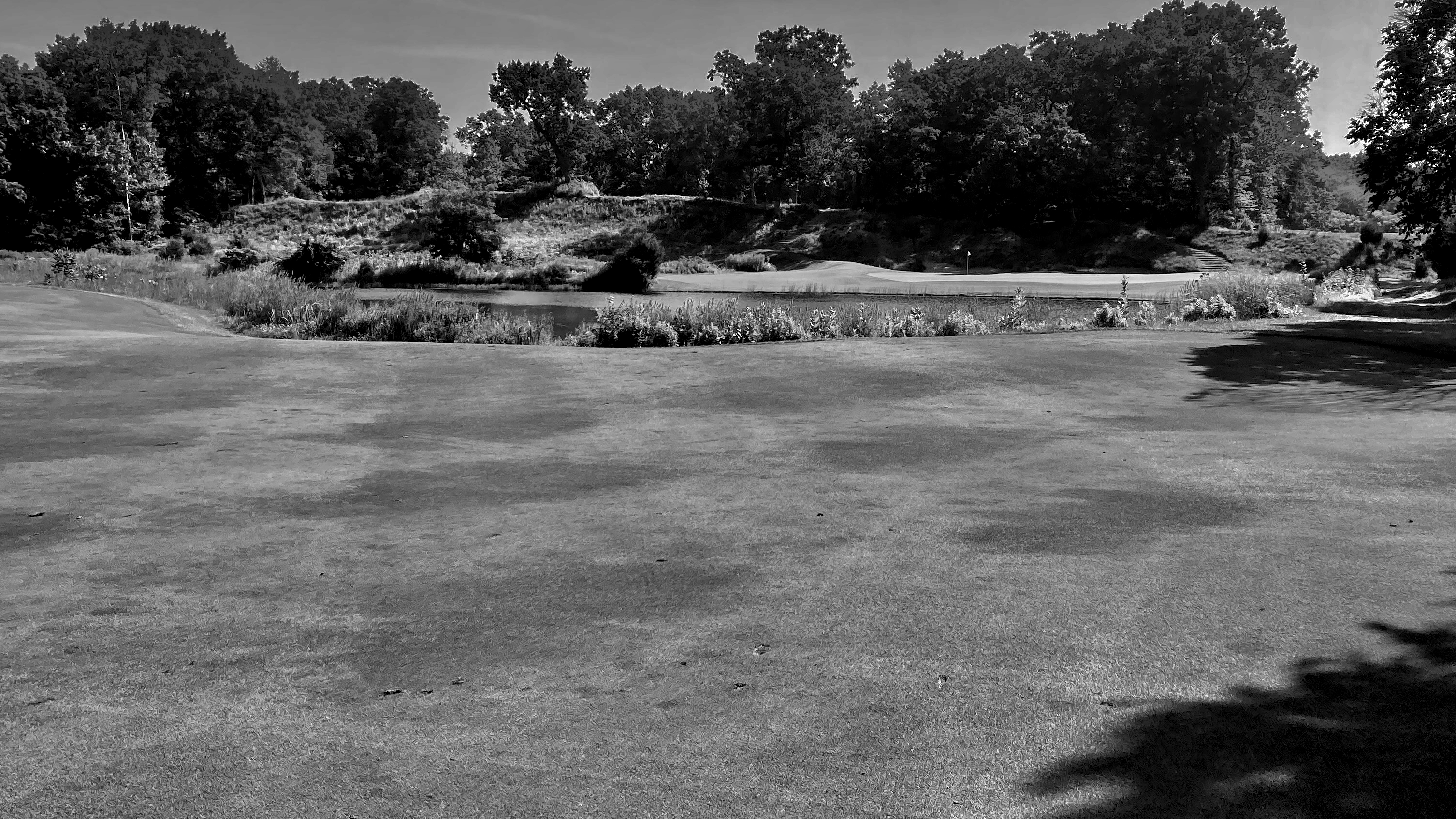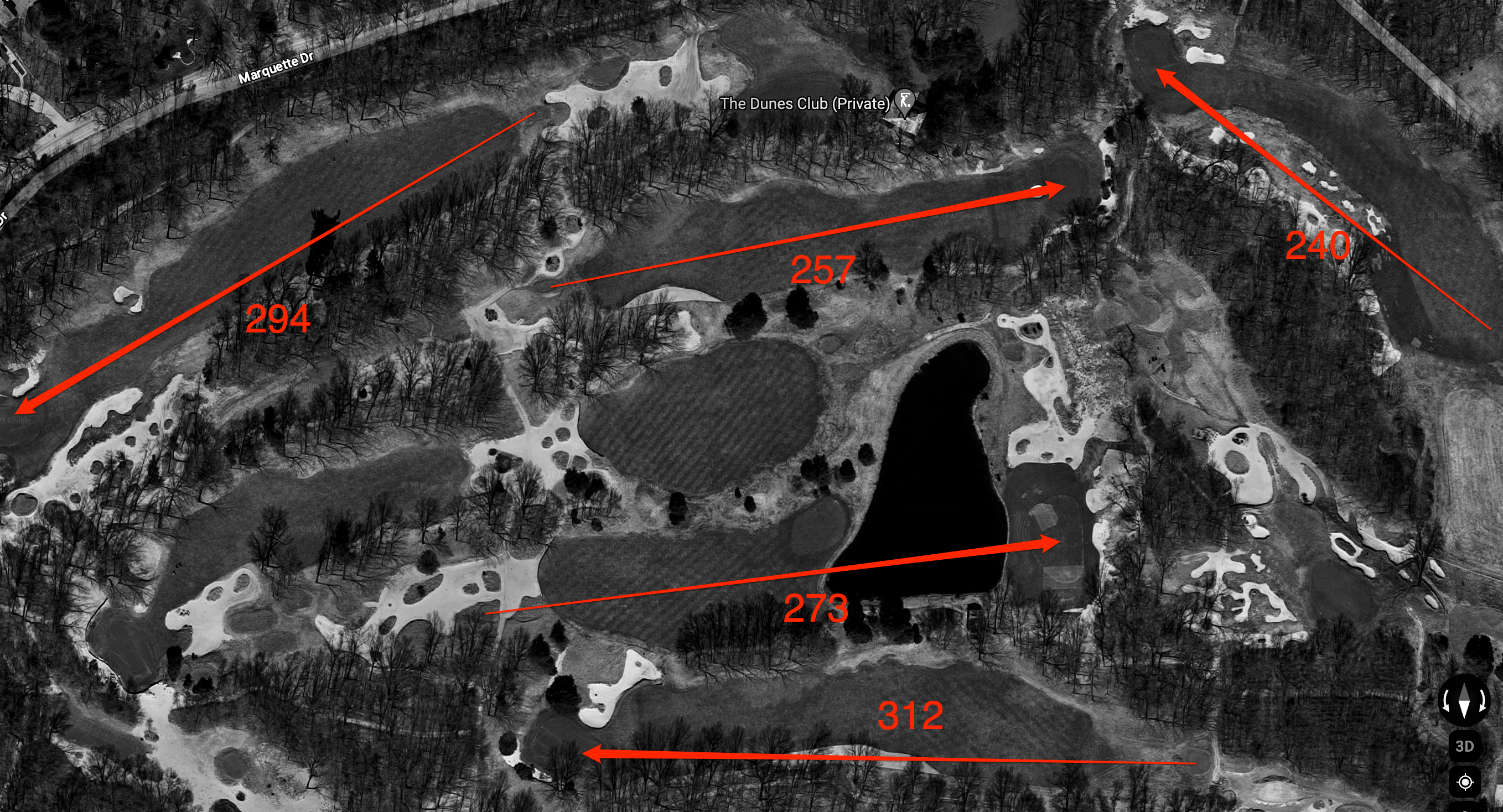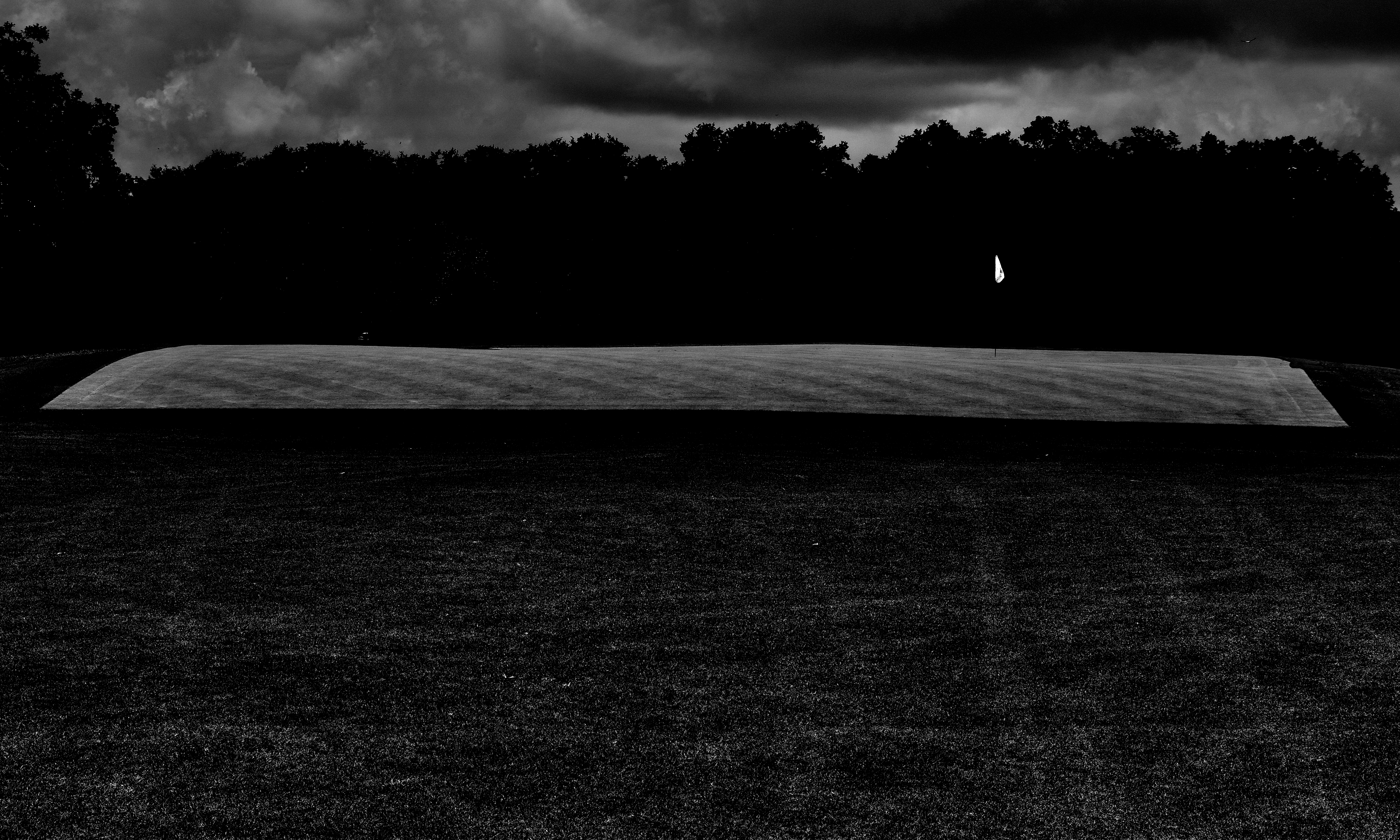I recently had the privilege of appearing on the National Links Trust Podcast, speaking with Will Smith generally about the state of municipal golf in the United States (there’s also an early moment where I use my oft-repeated corpse metaphor to differentiate between black and death metal but, for the most part, golf was the topic). More specifically, Will – like most of you – realize that my primary draw on social media is bringing attention to smaller projects that don’t get as much love in bigger publications, so we discussed the macro-trends at play with municipal courses around the country…not just the National Links Trusts and Cobbs Creeks of the world.
That’s when he hit me with an interesting question: What municipal project am I following most avidly? I didn’t have an immediate answer; firing from the hip, I cited Todd Clark’s work at Swope Memorial, being that I’m a Tillinghast fan.
Driving home later, I thought more deeply about what the answer might be. I realized that there’s one project rooted deeper in my ideals as a golf course architecture hobbyist and, more importantly perhaps, as an environmentalist.
Continue reading “The Municipal Golf Course Project I’m Watching as of June 11, 2025” »
